Blog at a Glance:
- Learn how much sleep your child really needs at each age to support better behaviour, growth and development.
- Concerning international trend of drugging children to sleep now becoming common in New Zealand.
- Read our effective, evidence-based natural strategies to get kids to sleep and end the bedtime battle.
Kids employ a variety of impressive strategies and tactics to delay bedtime and sleep and it can often turn into a full-blown nightly war. If you are a parent constantly battling with your child around sleep it can be incredibly stressful knowing your child needs the recommended hours of deep, restorative sleep to help them grow and develop to their full potential. There is also increasing evidence that not enough, or poor quality sleep can negatively affect your child’s behaviour, learning, health, wellbeing and weight.
Many parents are turning to prescription Melatonin to help their children sleep and the SleepDrops research team is deeply concerned given the lack of research on the long term use of this drug, especially for children. The blog below offers evidence-based advice and natural strategies for parents to support an end to the bedtime battle for kids aged 3-12:
How Much Sleep Does Your Child Need
Before you start implementing a sleep routine, you must first consider how much sleep your child really needs for optimal growth and development and to help them be their best-behaved selves.
- Children 3 to 5 should get 11 to 13 hours a night. Their naps should get shorter and happen less often. Most kids don’t nap past age 5.
- Kids 6 to 13 need 9 to 11 hours of shuteye. Homework and electronic devices keep kids busy at this age, so it’s important to enforce a regular bedtime routine.
Natural Strategies to Improve Your Child’s Sleep Aged 3-12
The Bedtime Routine – Consistency is King!
Both children and adults need consistent bedtime routines to help set their circadian rhythm or sleep-wake cycles and signal to their body and brain it is time to sleep. Physically, encouraging a child to calm down and relax after an exciting, stimulating day helps balance the child’s stress hormones, adrenaline and cortisol and produce calming neurotransmitters gaba and serotonin and the sleep-inducing hormone melatonin. Psychologically, children love routine as it also eases any stress or worries they may be feeling and helps them feel safe.
An Effective Bedtime Routine for Kids aged 3-12 could include:
1. Eat to Sleep – Try to eat dinner at the same time every night and ideally two hours before bed to help ensure digestion doesn’t interfere with your child’s ability to go to sleep. Ideally, this is a balanced meal of quality protein sources, minimally processed carbohydrates and healthy fats to help keep their blood sugar levels stable so they don’t wake up hungry through the night.
2. A light snack before bedtime – If your child is a fussy or poor eater and can’t eat enough at dinner or has had an extremely active day, a light snack before bed is recommended. Stick to plain, whole foods as much as you can such as a banana or banana with nut butter, berries, a handful of nuts or seeds, hard-boiled egg with avocado, hummus or nut butter on crackers or toast. Keeping the snack plain and boring is also a great way to ensure kids don’t use the ‘I’m hungry’ line as a stalling tactic…
3. Adequate Hydration – Every child is different in terms of their hydration needs and their thirst mechanism isn’t fully developed so you can’t rely on them to tell you when they are thirsty. If you can, use the colour of your child’s pee as a guide to knowing whether they are sufficiently hydrated. Light yellow urine indicates they are adequately hydrated and a dark yellow colour indicates they are dehydrated and need to drink more. Offer plain water, fruit smoothies or diluted juice throughout the day and with dinner so children aren’t thirsty and need to drink a lot before bed. This could cause them to wake in the night needing to visit the bathroom. Kids also use the ‘I’m thirsty’ tactic to delay bed so checking the colour of their pee is a great strategy to see if they are telling the truth.
4. Wind Down activities – After dinner restrict any activities that could overstimulate kids such as any screen time or any physical activities that get their heart rate up. Swap these for calming activities such as reading, writing, arts and crafts, quiet music, kids’ yoga or stretching or gentle types of play.
5. Hot bath or shower – While sometimes it can be tempting to skip this, a bath or shower at the end of the day helps drop your child’s body temperature to signal to the body that’s it time for bed.
6. Brushing Teeth – not only essential for oral hygiene but brushing teeth at the same time is an important part of a consistent, effective bedtime routine.
7. Check Bedroom Environment – snuggle your child into bed ensuring they are warm enough and not going to waken through the night either too hold or cold. (especially if you have a wiggle on your hands that throws off the bed cover). The ideal temperature for a child’s room should be between 18- 20 degrees. Try to keep the child’s room free of stimulating light, noise or even colourful or busy room décor that could interfere with their sleep. If your child uses a night light to fall asleep, switch this off once they are asleep to prevent it from waking them in the night.
8. The Bedtime Story – We’ve all been there when the bedtime story turns into six. It’s important to set a consistent limit on the number of bedtime stories and not give in to the ‘Just one more’ line. Ensure bedtime stories are generally pretty safe and have happy messaging so it doesn’t overstimulate or worry your child before bed. For older children, it’s important to encourage them to read a physical book not only for their reading skills but to also help them feel sleepy.
9. Practice Gratitude – A great way to end and help your child process the day is to discuss three things that your child is grateful for that happened that day. If religious practice is important to your family you can turn this into a prayer. Another great tip is to talk about what is happening the next day to reassure the child about the next day’s routine and give them a chance to discuss anything that is worrying them.
10. Lights out – Obviously we don’t need to tell you to shower your child with hugs and kisses before you turn out the light to help them feel loved and happy but try not to get into the habit of getting into your child’s bed as it can make it hard on them when you have to get out!
Getting into a good sleep routine takes time, patience and practice. Your child will make a song and dance about it initially to test the boundaries. If they do continually get up, gently and patiently walk them back to bed, no talk, no bribes, no threats and repeat a loving, goodnight-message with a calm voice. Once you have your bedtime routine sorted, it can help to put this on a chart so your child understands the routine so they can stick to it.
Always remember it’s your job as a parent to decide when it’s bedtime, it’s not a job you outsource or one that is up for negotiation with your kids! Good luck parent’s, you’ve got this!
For additional natural sleep support, we encourage parents to try SleepDrops for Kids, specifically formulated with science-based ingredients to help kids struggling to go to sleep. This product is perfect for children that are worried, overstimulated or restless and can help to calm down that busy little mind fighting sleep. This non-addictive, non-drowsy, great-tasting formula can easily be given to kids thirty minutes before bed by simply adding 5 drops under the tongue or as needed. The drops can also be kept by their bed and used again every half hour until sleep is achieved for a child and again if they wake through the night with nightmares or night terrors. Join the thousands of parents that have used this product over the years to help end the bedtime battle and take back their evenings and their own sleep.
Source: The SleepDrops Sleep Research Team


